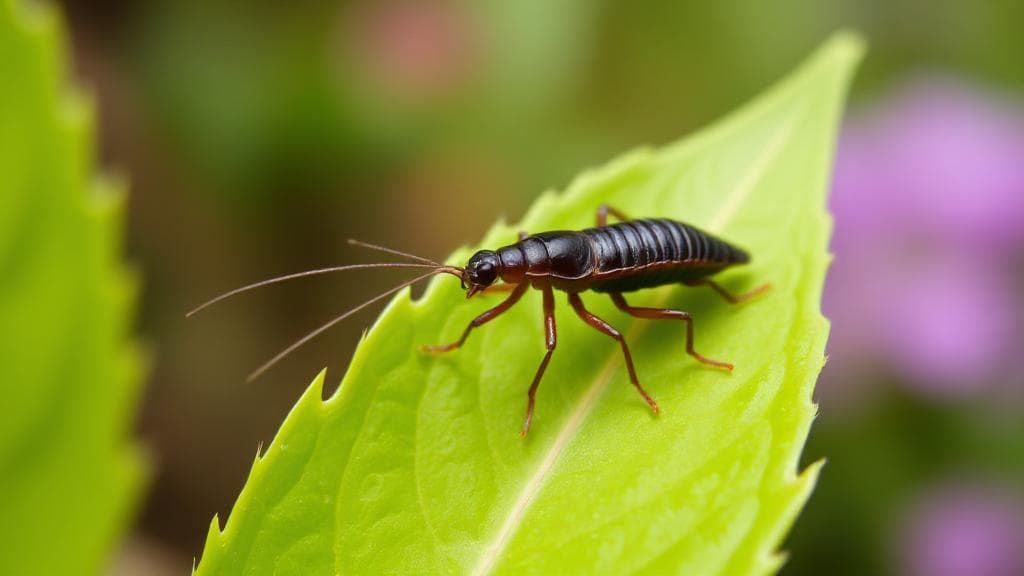Introduction
Earwigs are often misunderstood insects that can cause quite a stir when found in homes or gardens. These elongated, flat insects are easily recognizable by their distinctive pincers (cerci) at the end of their abdomen, which they use for defense and capturing prey. While they may appear intimidating, understanding their presence can provide valuable insights into your environment's conditions.
What Are Earwigs?
Earwigs belong to the order Dermaptera and are generally harmless to humans. They are nocturnal creatures, preferring to hide in dark, damp places during the day and becoming active at night.
Common Myths
One of the most persistent myths about earwigs is that they crawl into human ears and lay eggs in the brain. This is entirely false. Earwigs do not seek out human ears, and they pose no such threat.
Habitat Preferences
Earwigs thrive in specific environmental conditions that can serve as indicators:
- High moisture levels
- Rich organic matter
- Protected, dark spaces
- Moderate temperatures
Environmental Indicators
Soil Health
The presence of earwigs often indicates healthy soil with adequate organic matter. These insects are attracted to:
- Decomposing plant material
- Rich, loamy soil
- Active microorganism populations
- Good soil structure
Moisture Levels
"Excessive moisture retention can create perfect conditions for earwigs while potentially causing problems for certain plants." - University of California IPM Program
Their presence might indicate:
- Overwatering issues
- Poor drainage
- High humidity levels
- Leaking irrigation systems
Ecological Role
Beneficial Aspects
Earwigs serve as important indicators of a balanced ecosystem. They contribute by:
- Consuming decomposing plant matter
- Controlling pest populations like aphids
- Aerating soil through movement
- Contributing to nutrient cycling
Managing Earwig Populations
While earwigs are not harmful, their presence can be managed through several strategies:
Daily Moisture Management
Practical Steps
-
Reduce Moisture
- Fix leaks and ensure proper drainage
- Use dehumidifiers in damp areas
- Improve ventilation
-
Remove Debris
- Clean up leaf litter and plant debris
- Keep mulch and compost piles away from foundations
- Maintain cleaner perimeters
-
Natural Deterrents
- Use essential oils like peppermint or lavender
- Encourage natural predators like birds and toads
- Improve air circulation
Conclusion
Understanding earwigs as valuable bioindicators can help maintain healthier gardens and living spaces. By addressing moisture issues, reducing organic debris, and limiting shelter options, you can effectively manage earwig populations while appreciating their role in the ecosystem.
For more information, visit:
